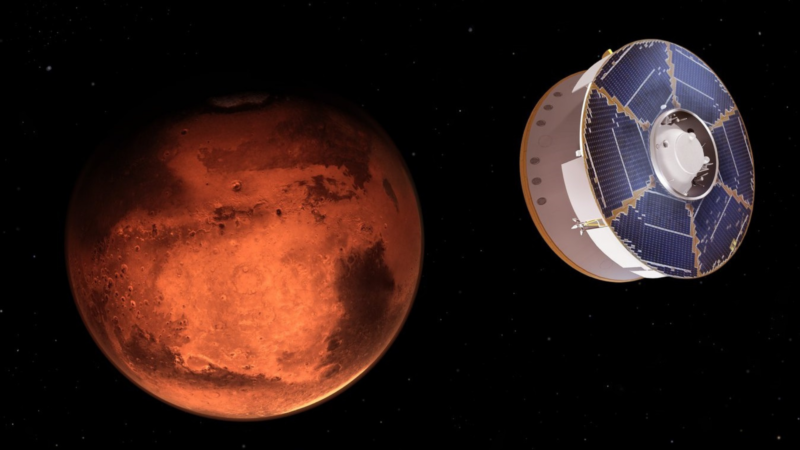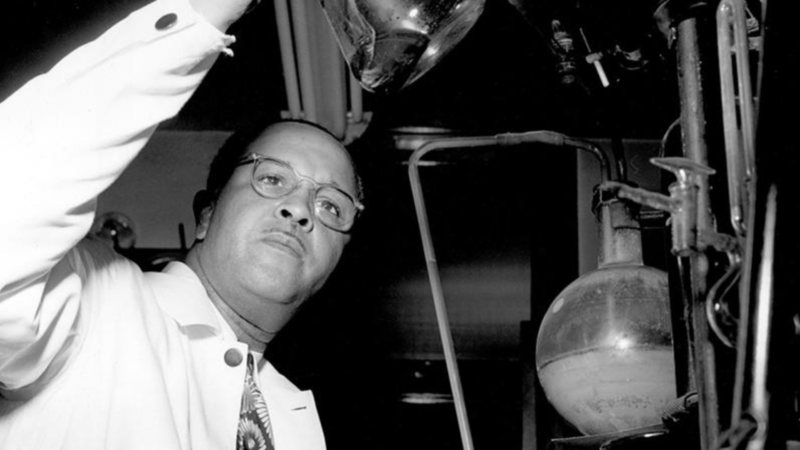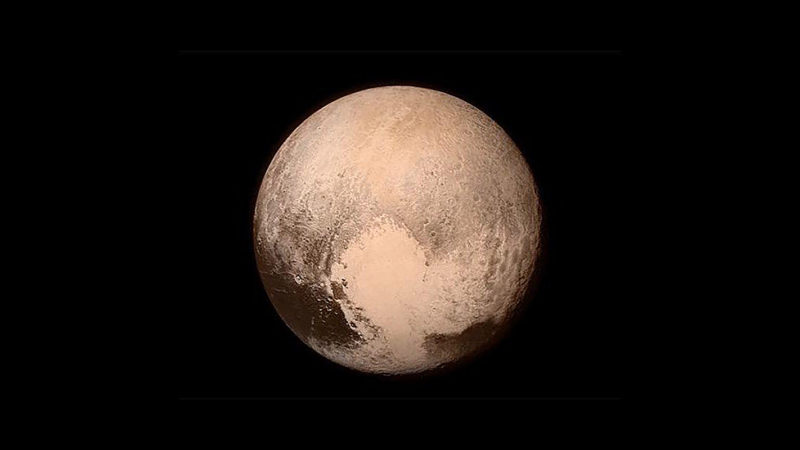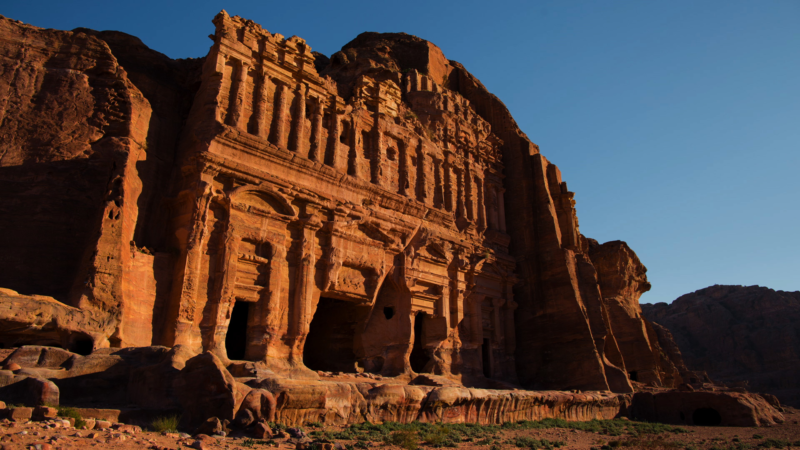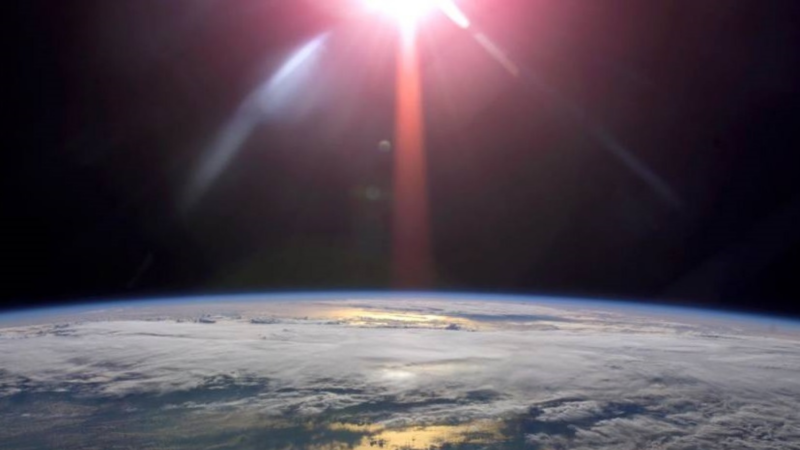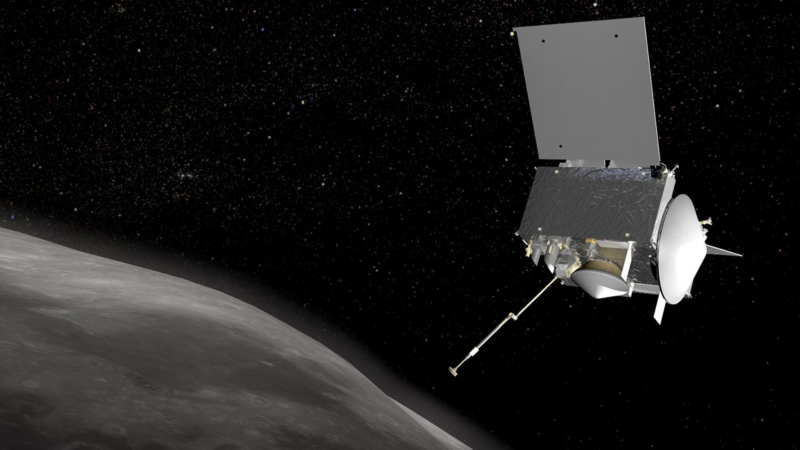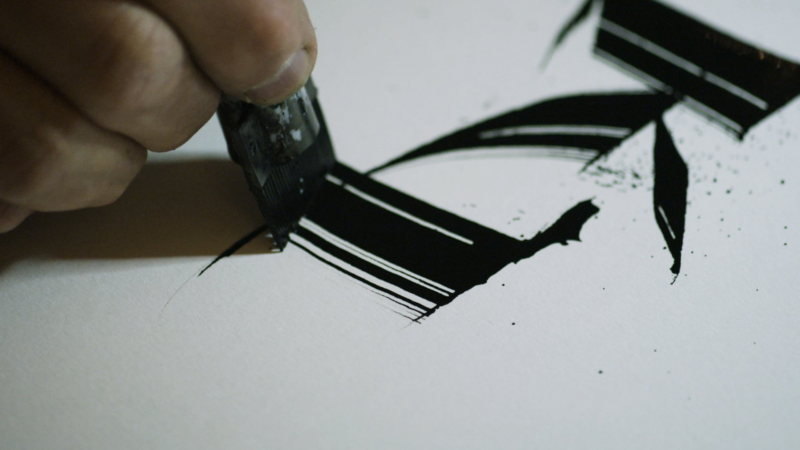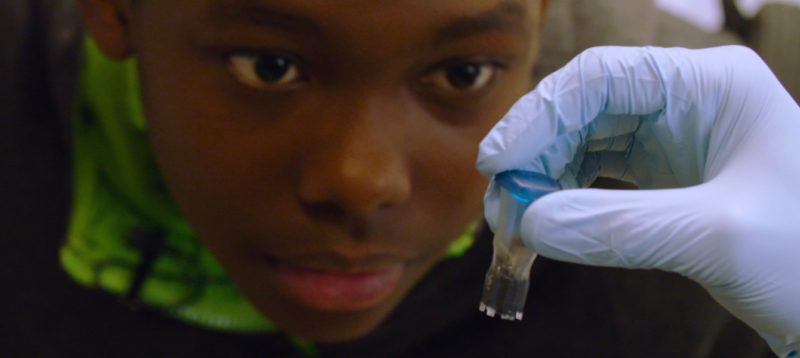The PBS Hawaiʻi Livestream is now available!
PBS Hawaiʻi Live TV
NOVA Looking for Life on Mars follows NASA’s Mars 2020 Mission, perhaps the most ambitious hunt ever for signs of life on Mars. NOVA reports on NASA’s successful attempt to lower the Perseverance Rover into the red planet’s rocky Jezero Crater, home to a dried-up river delta scientists think could have harbored life.
Against all odds, African-American chemist Percy Julian became one of the great scientists of the 20th century. The grandson of Alabama slaves, Percy Julian met with every possible barrier in a deeply segregated America. He was a man of genius, devotion, and determination. As a black man he was also an outsider, fighting to make a place for himself in a profession and country divided by bigotry—a man who would eventually find freedom in the laboratory. By the time of his death, Julian had risen to the highest levels of scientific and personal achievement, overcoming countless obstacles to become a world-class scientist, a self-made millionaire, and a civil-rights pioneer.
Join the mission as the New Horizons spacecraft attempts to fly by NASA's most distant target yet. Since it explored Pluto in 2015, New Horizons is zooming toward Ultima Thule, an object four billion miles from Earth.
More than 2,000 years ago, the thriving city of Petra rose up in the bone-dry desert of what is now Jordan. An oasis of culture and abundance, the city was built by wealthy merchants who carved spectacular temple-tombs into its cliffs, raised a monumental Great Temple and devised an ingenious system that channeled water to vineyards, bathhouses, fountains and pools. But following a catastrophic earthquake and a slump in its desert trade routes, Petra’s unique culture faded and was lost to most of the world for nearly 1,000 years. Now, in a daring experiment, an archaeologist and sculptors team up to carve an iconic temple-tomb to find out how the ancient people of Petra built their city of stone.
NOVA Can We Cool the Planet? documents how, as global temperatures rise, scientists are exploring geoengineering solutions to solve the problem – from planting trees to sucking carbon out of the air to physically blocking out sunlight. And if any of these work, what are the risks of engineering Earth's climate?
NOVA Touching the Asteroid documents the mission of NASA spacecraft OSIRIS-REx as it attempts to reach out and grab a piece of an asteroid named Bennu and bring it back to Earth. The OSIRIS-REx team has just three chances to extend the spacecraft’s specialized arm, touch down for five seconds, and collect material from the surface of Bennu. NOVA takes us inside the mission that, if successful, could give scientists new insight into Earth’s origins.
Just as writing changed the course of human history, the evolution of paper and printing revolutionized the spread of information. The printing press kicked off the Industrial Revolution that fast-tracked us to the current digital age. But as the 4,000-year-old tradition of penmanship falls out of favor, should we consider what might be lost in this pursuit of ever more efficient communication?
Where would we be without the world’s alphabets? Writing has played a vital role in the expansion and domination of cultures throughout history. But researchers are only now uncovering the origin story to our own alphabet, which may have gotten its beginnings in a turquoise mine 4,000 years ago. From the shape of the letter A to the role of writing in trade and storytelling, discover how the written word shaped civilization itself.
NOVA follows amazing scientific developments in gene therapy, culminating in our ability to make precise edits to human DNA.
Sixty-six million years ago, an asteroid wiped out the dinosaurs in a fiery global catastrophe. But we know little about how their successors, the mammals, recovered and took over the world. Now, hidden inside ordinary-looking rocks, an astonishing trove of fossils reveals a dramatic new picture of how rat-sized creatures ballooned in size and began to evolve into the vast array of species.

